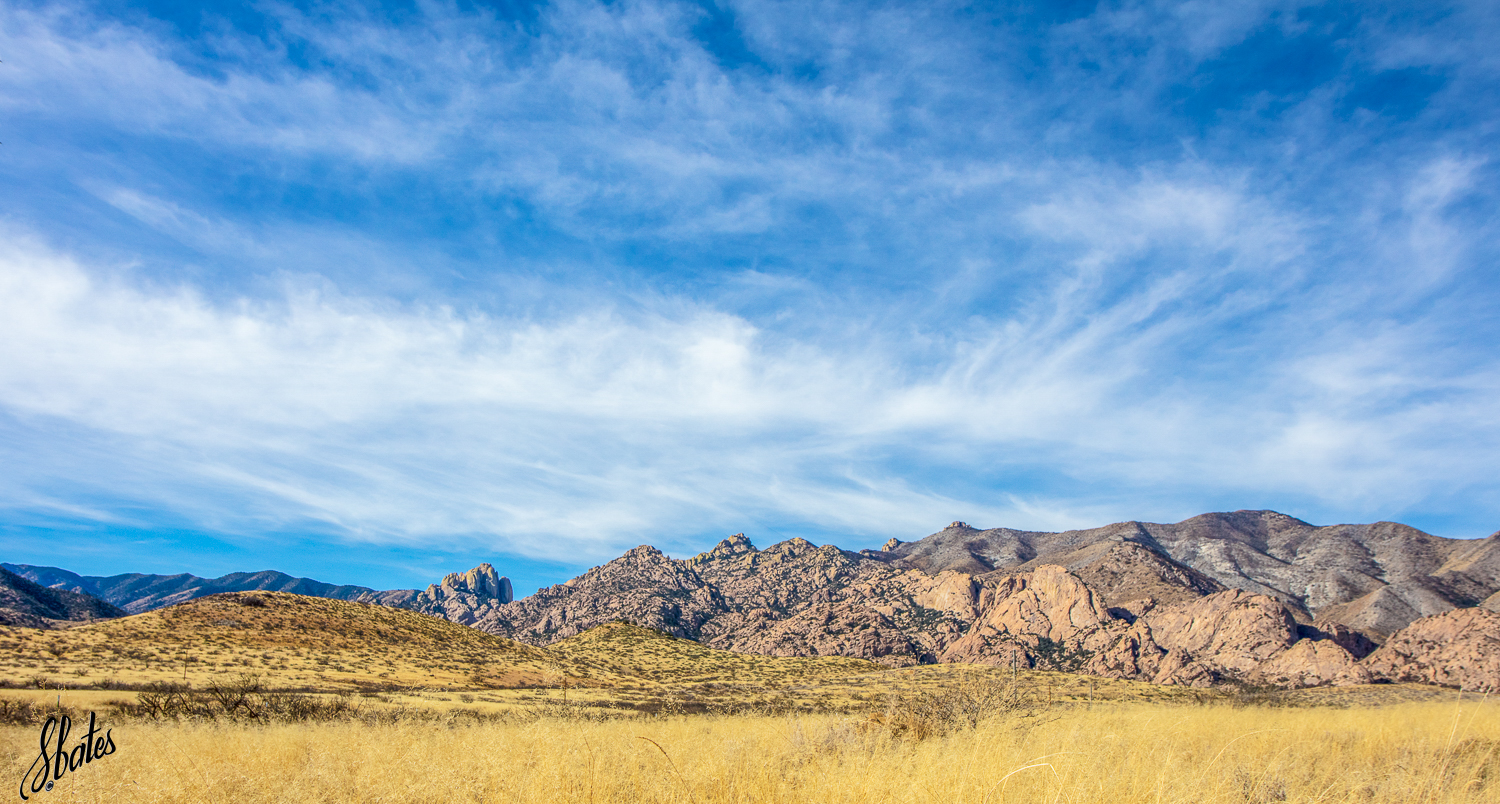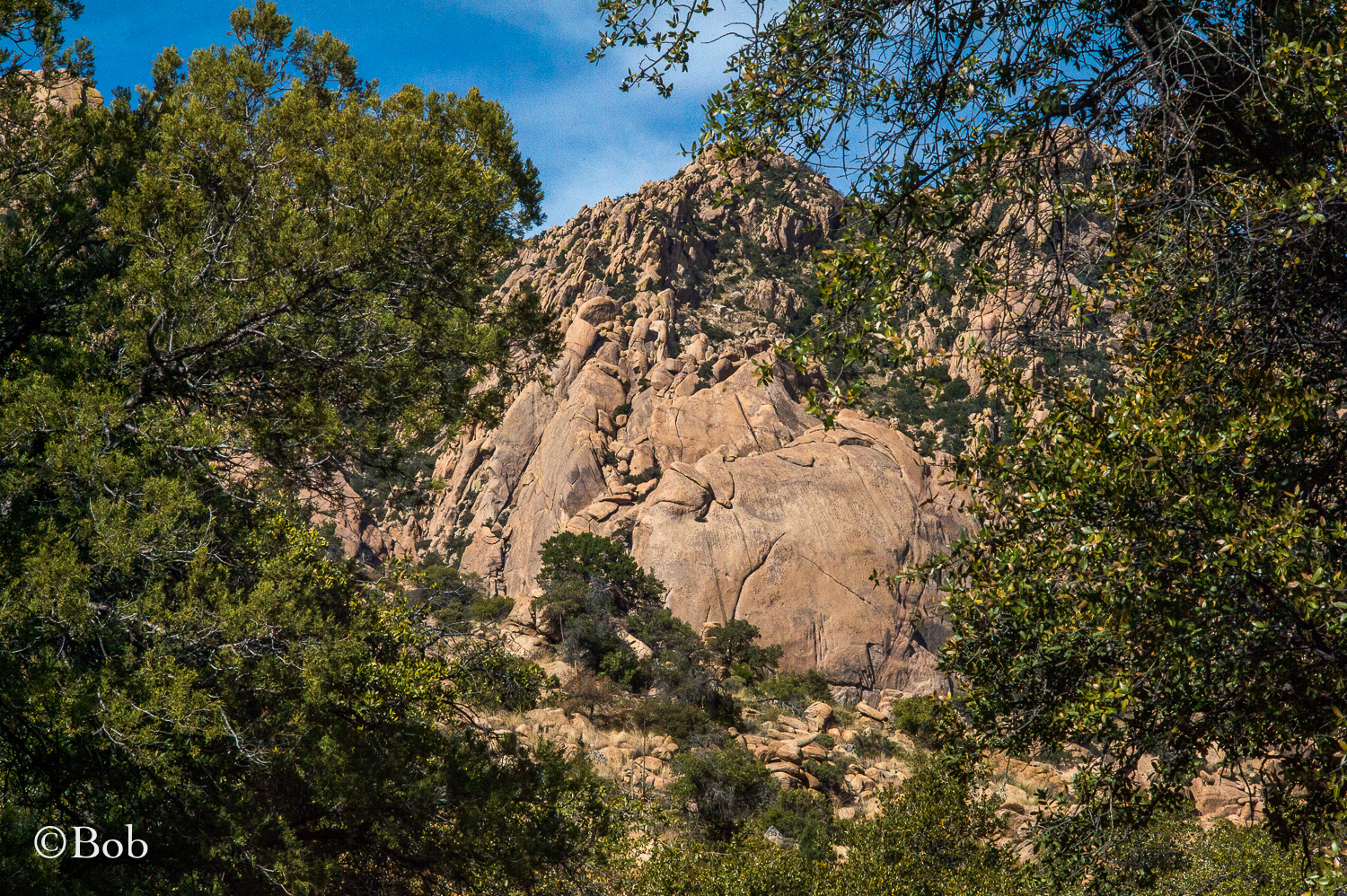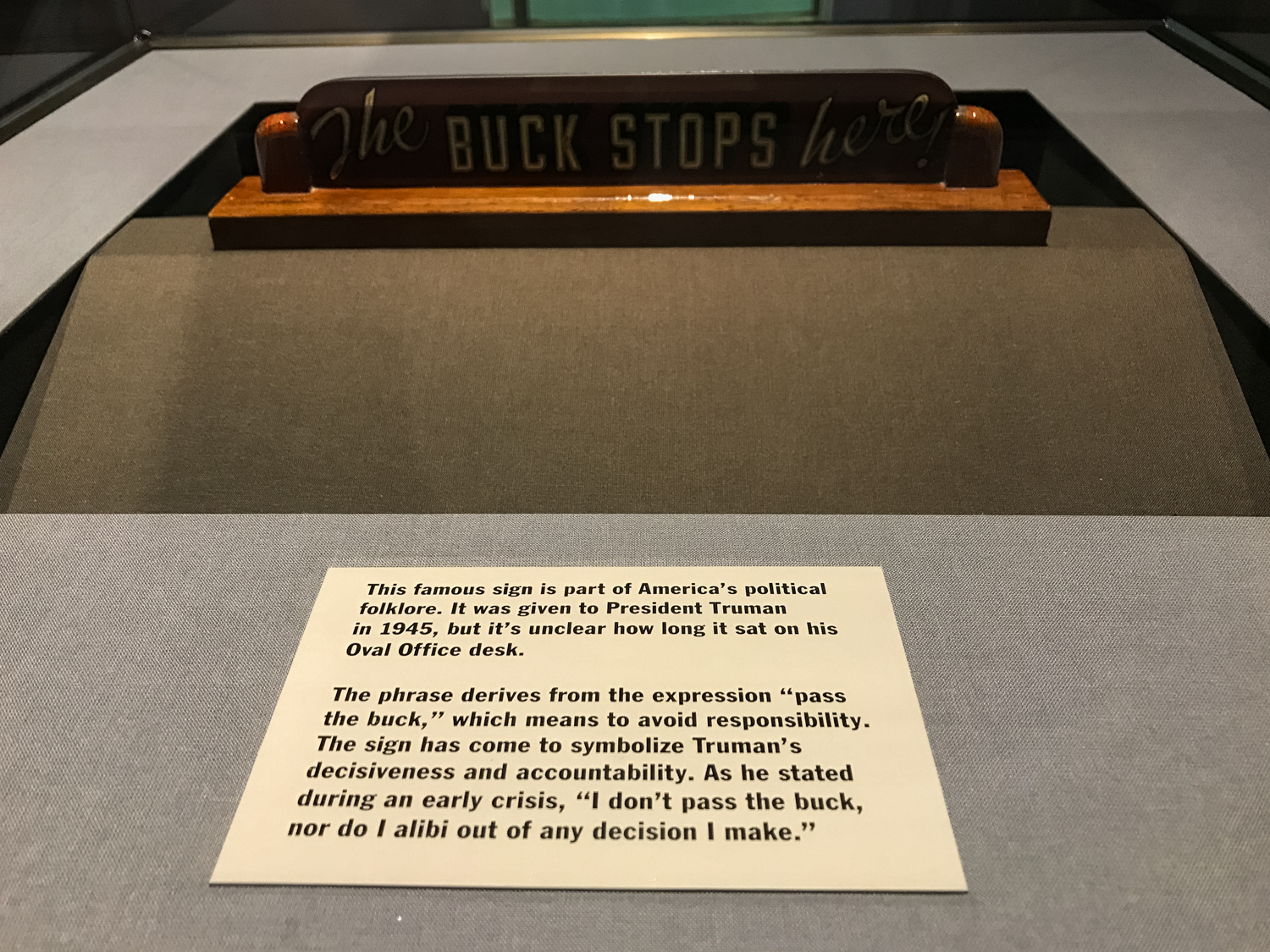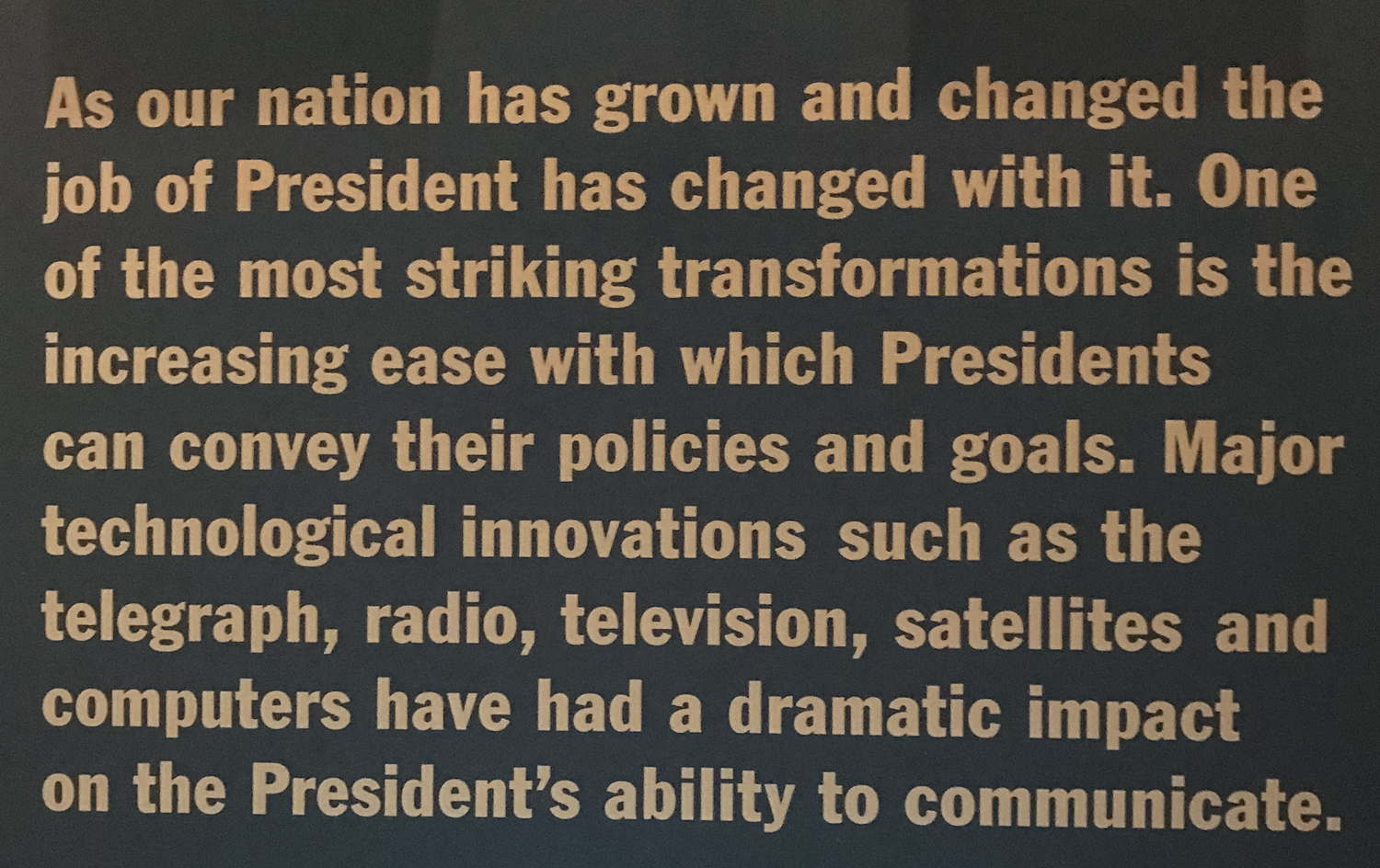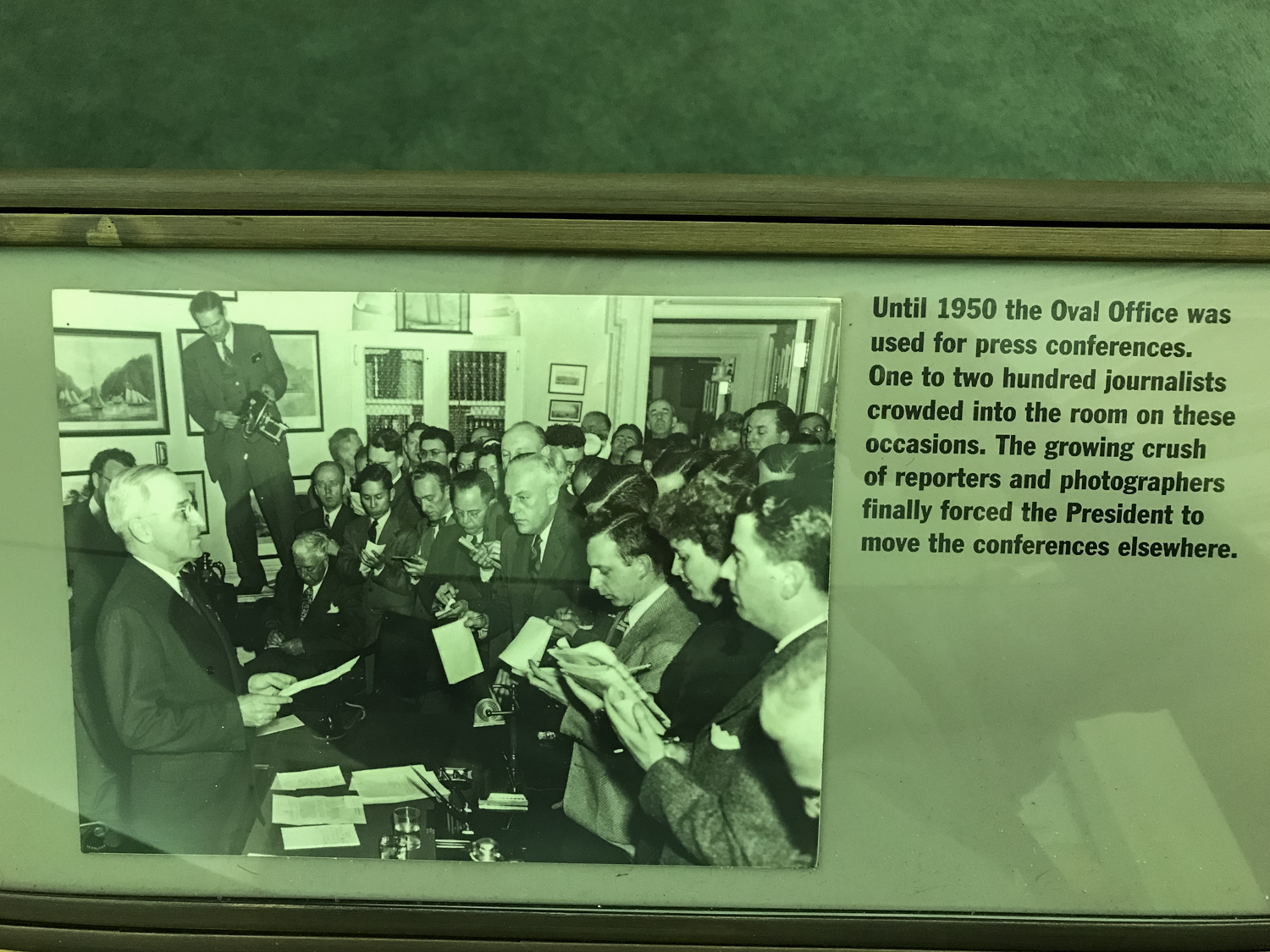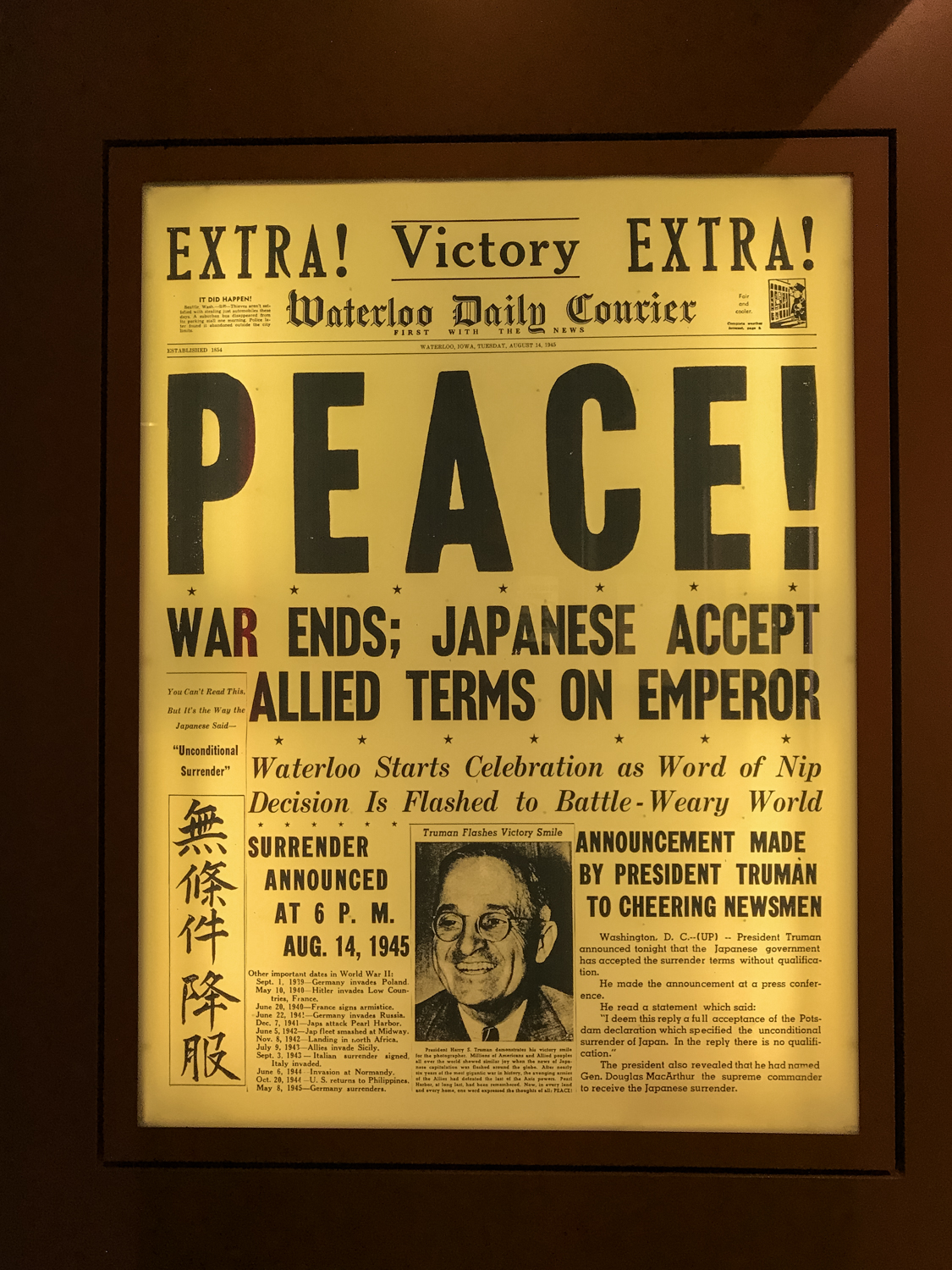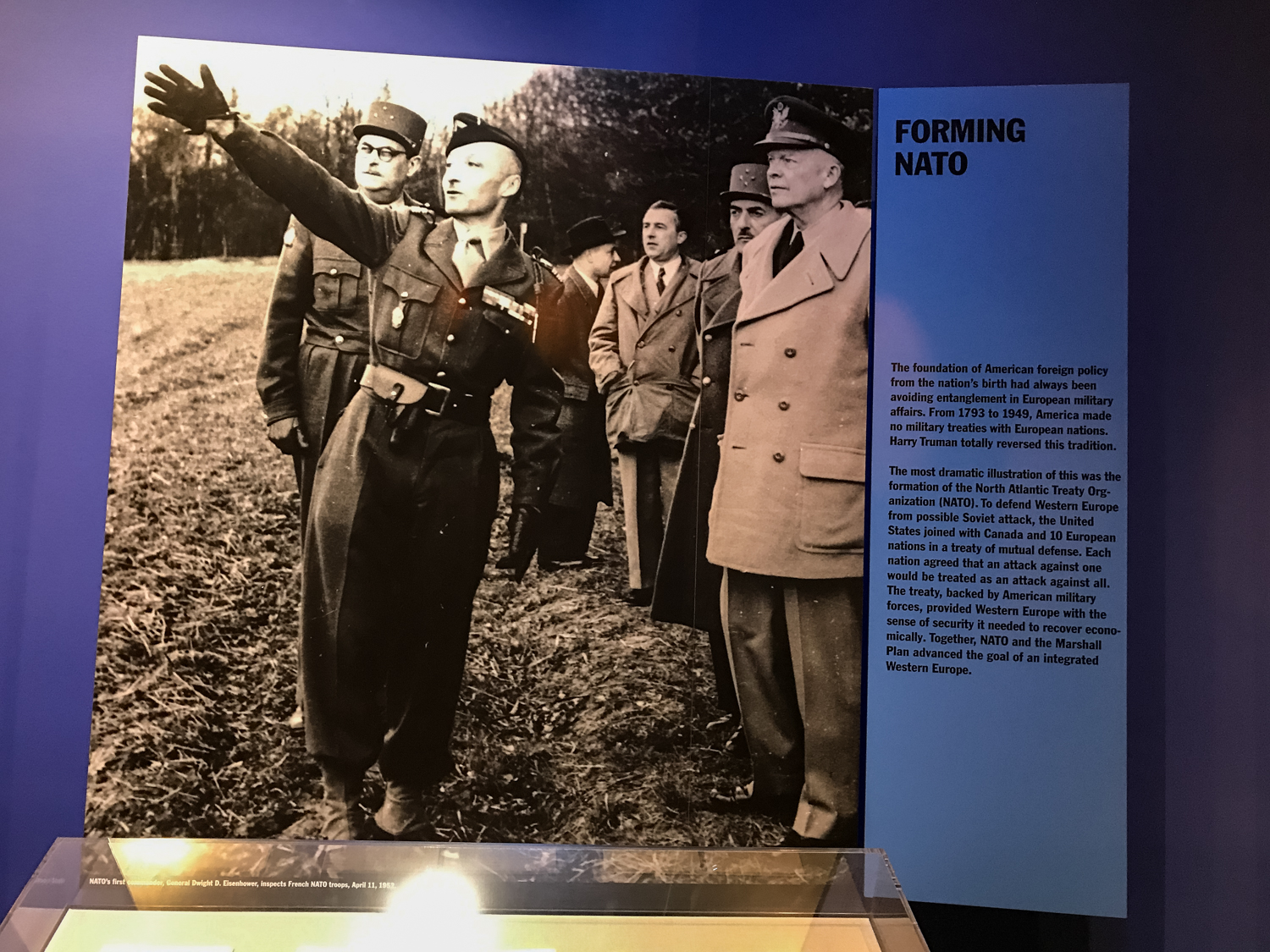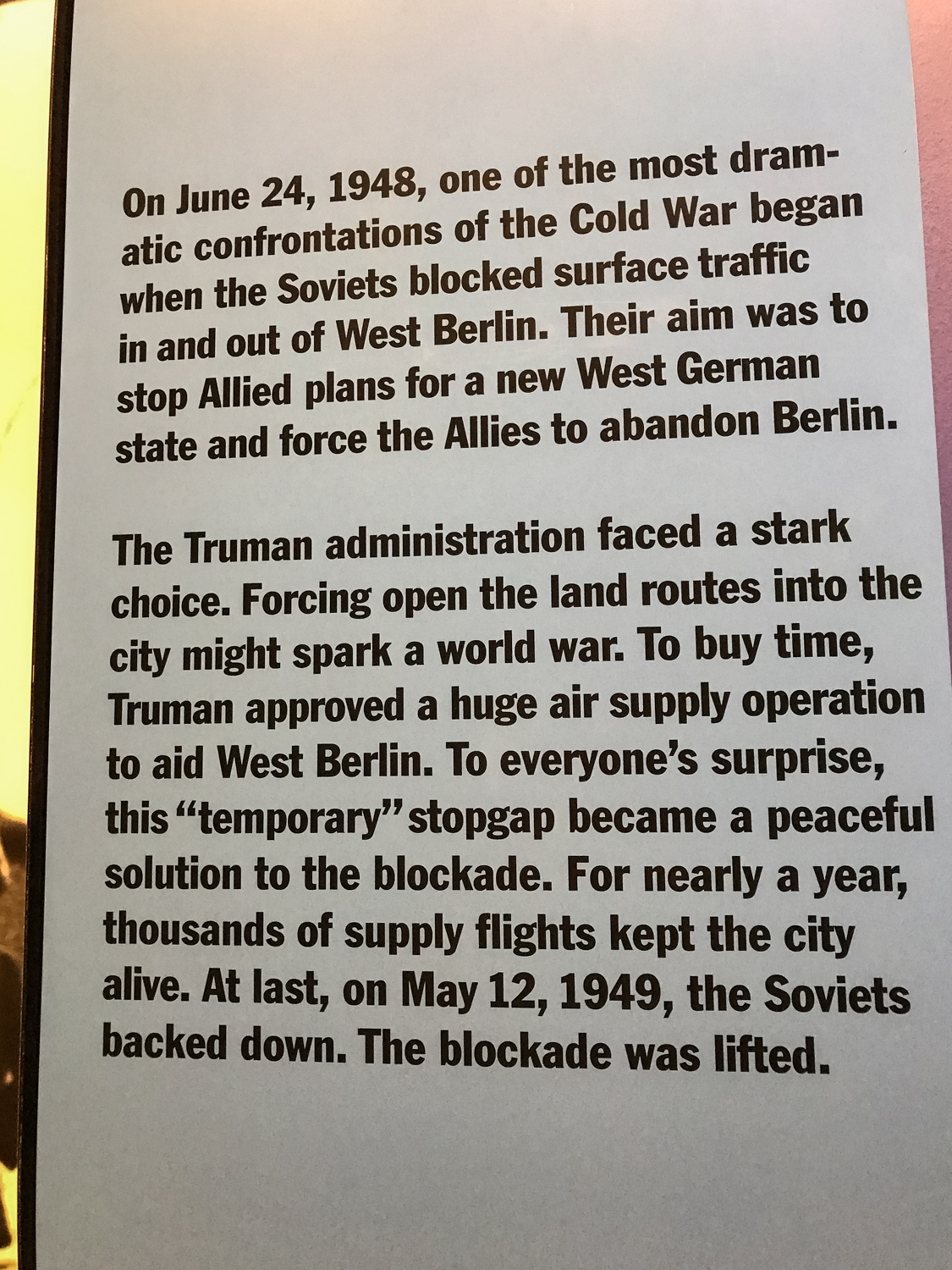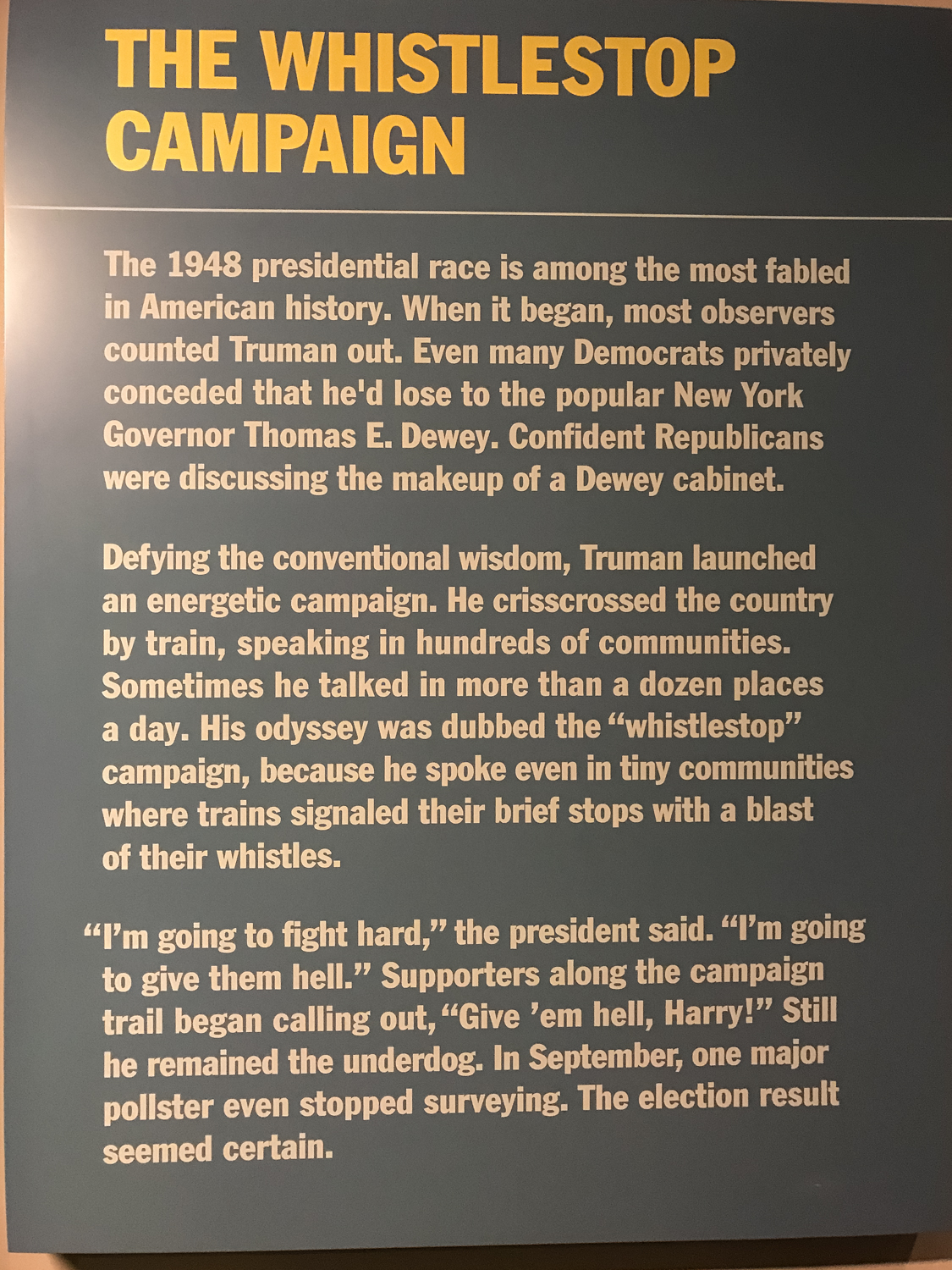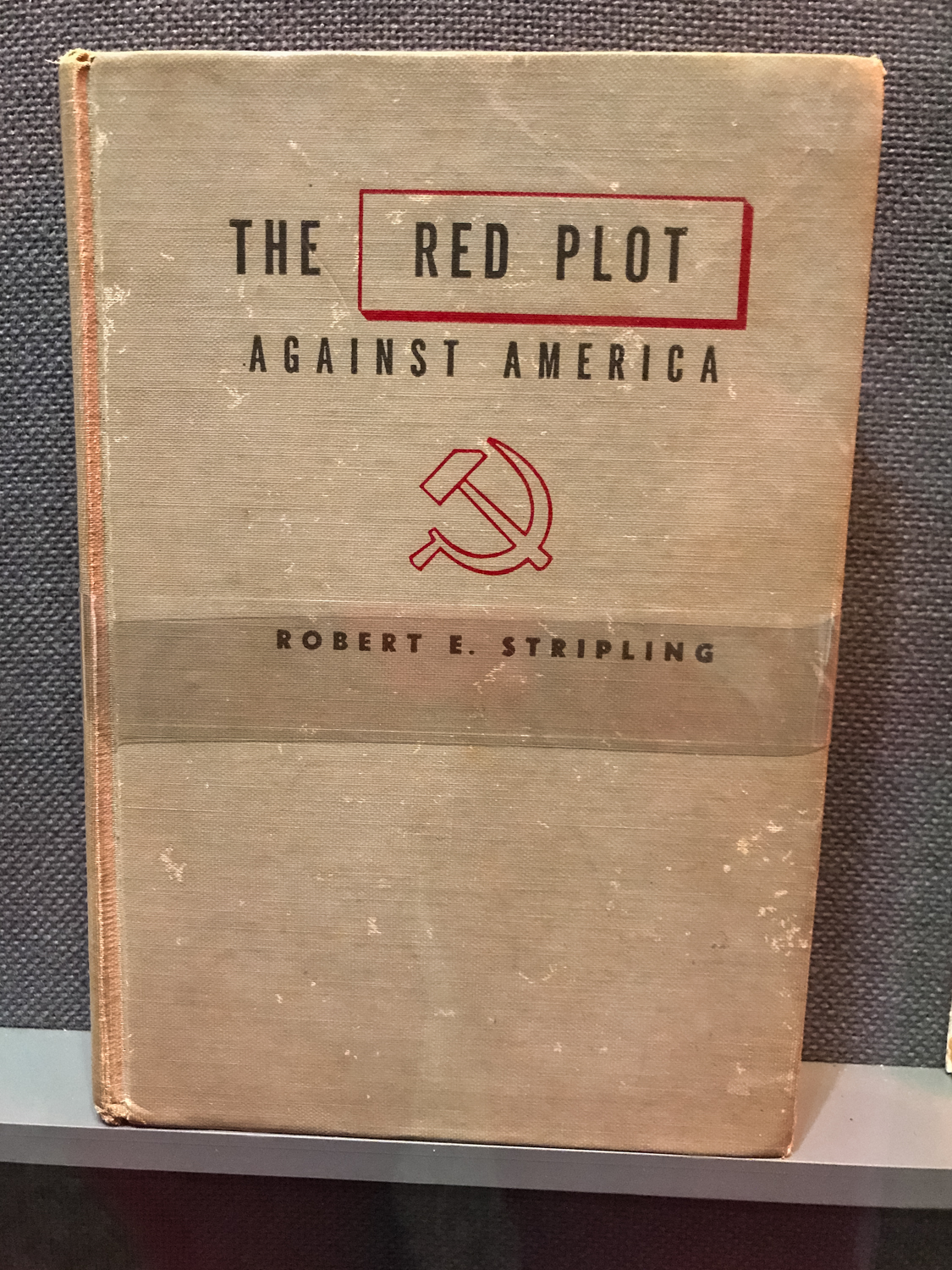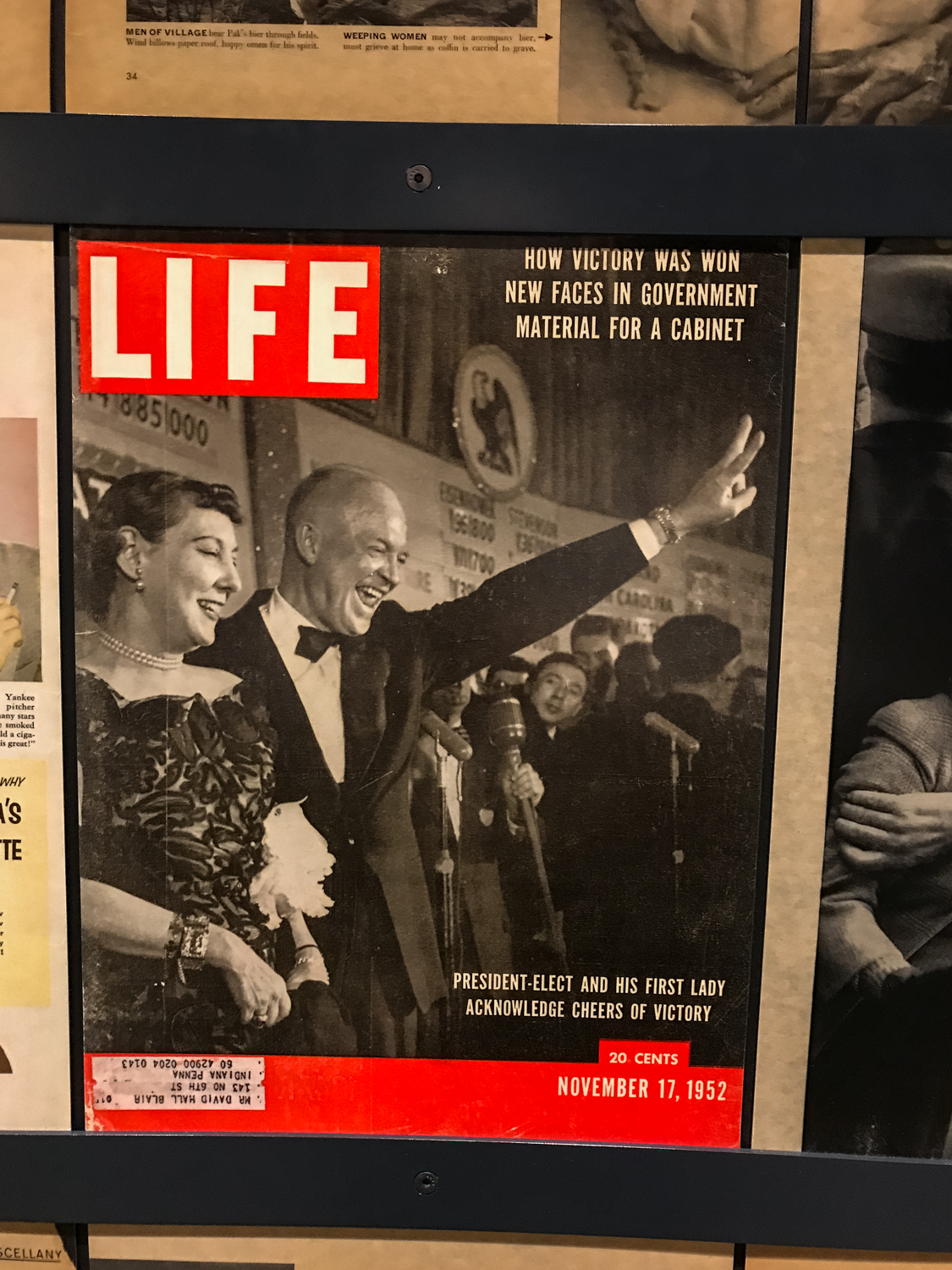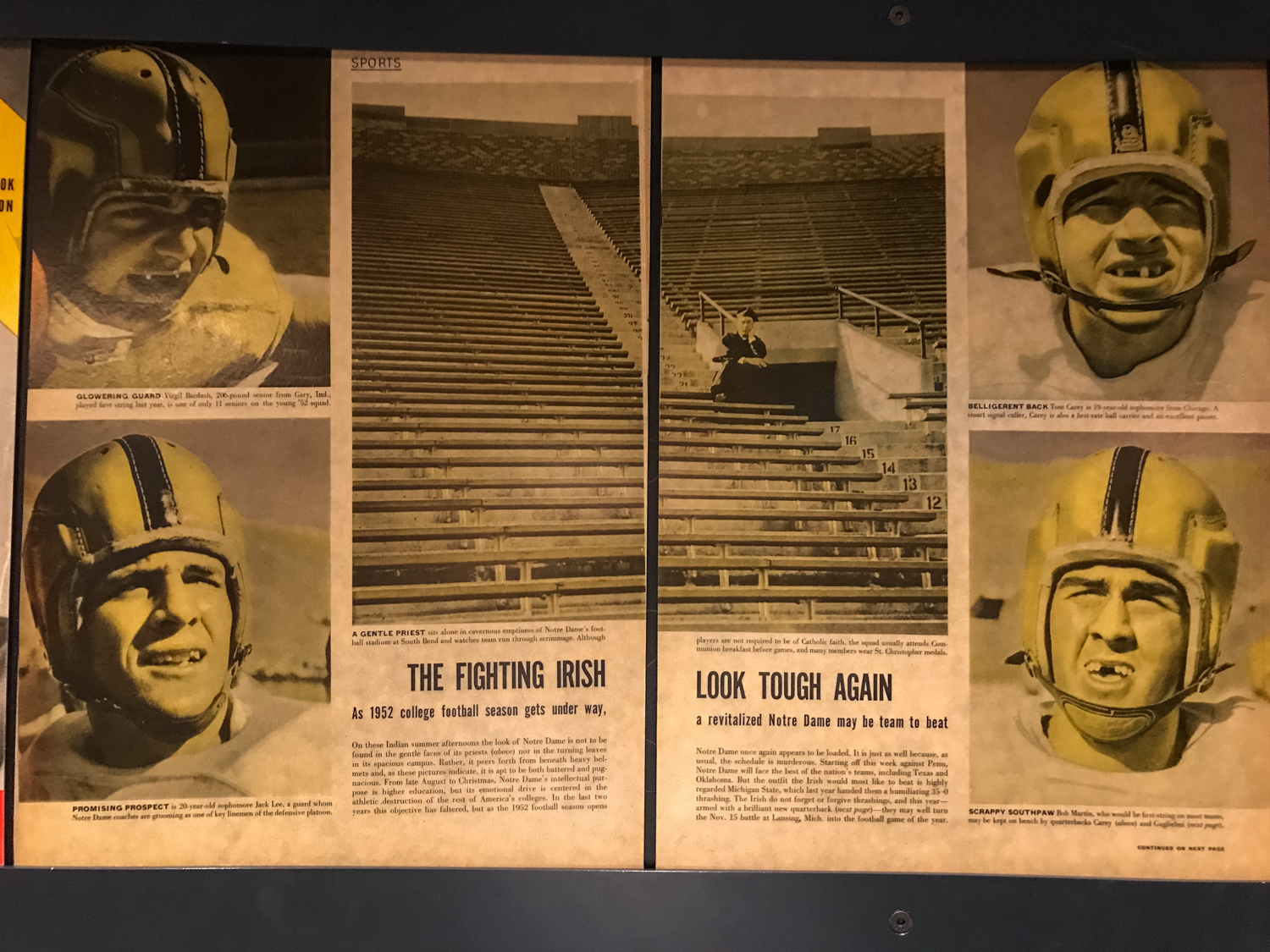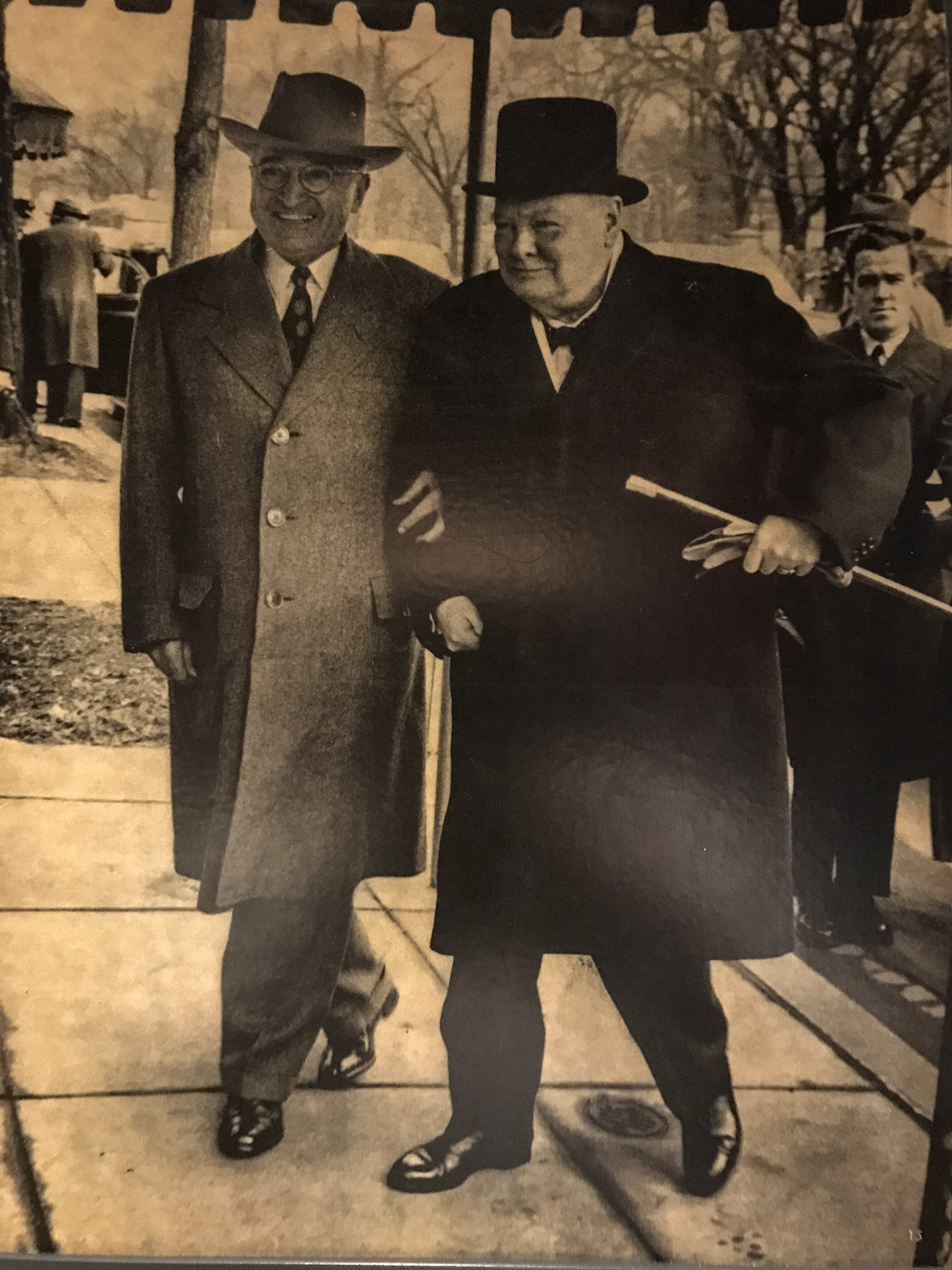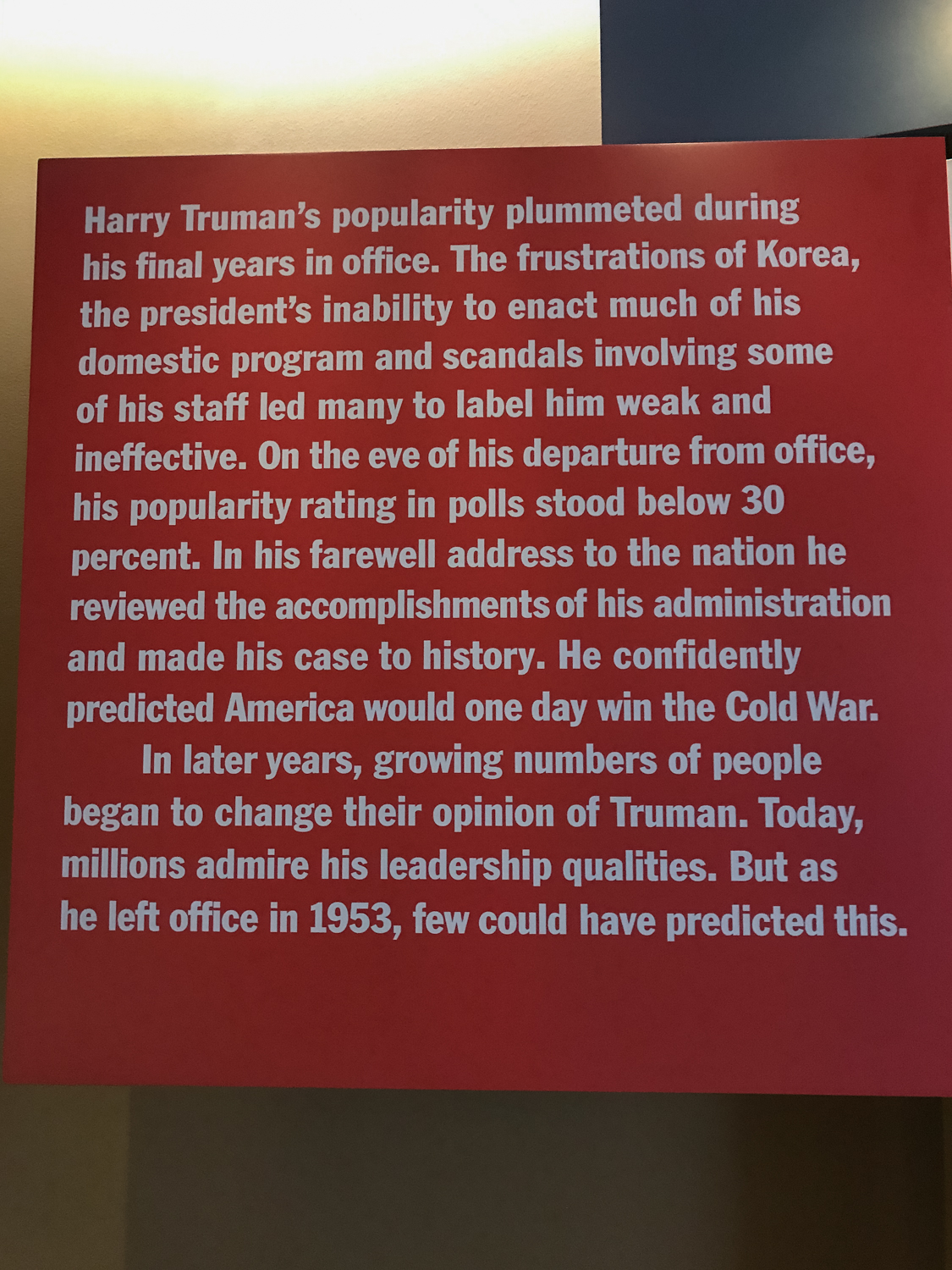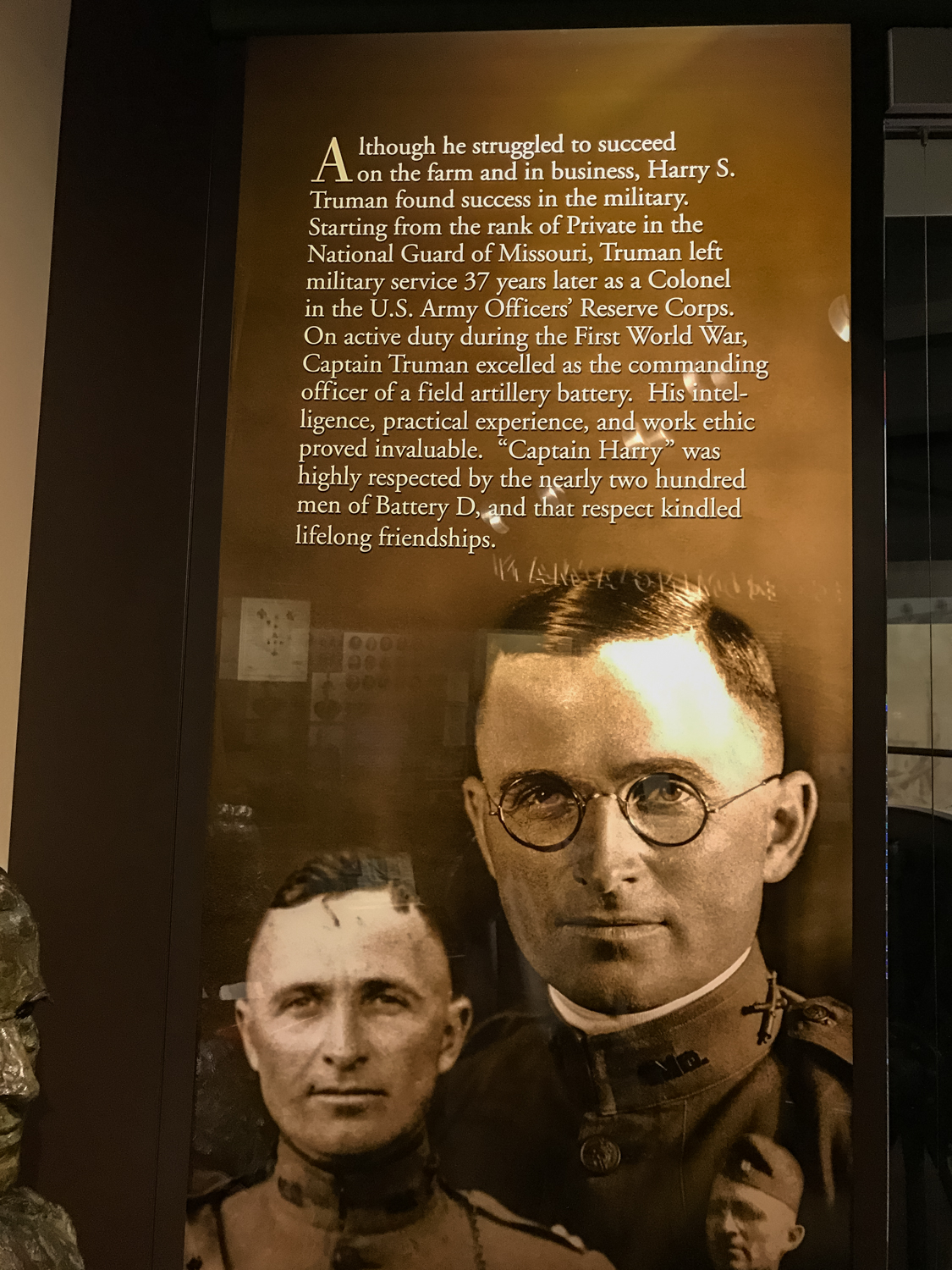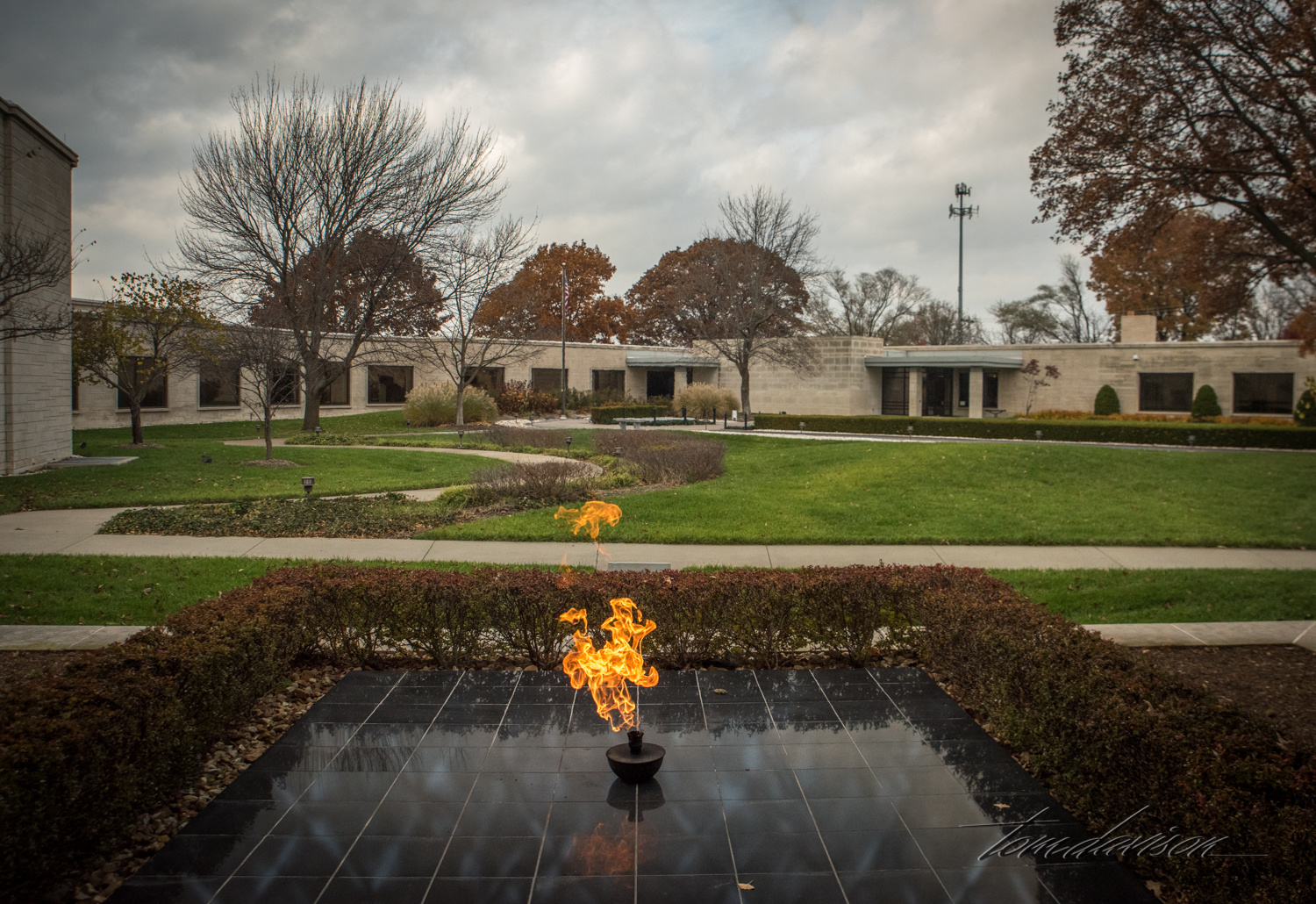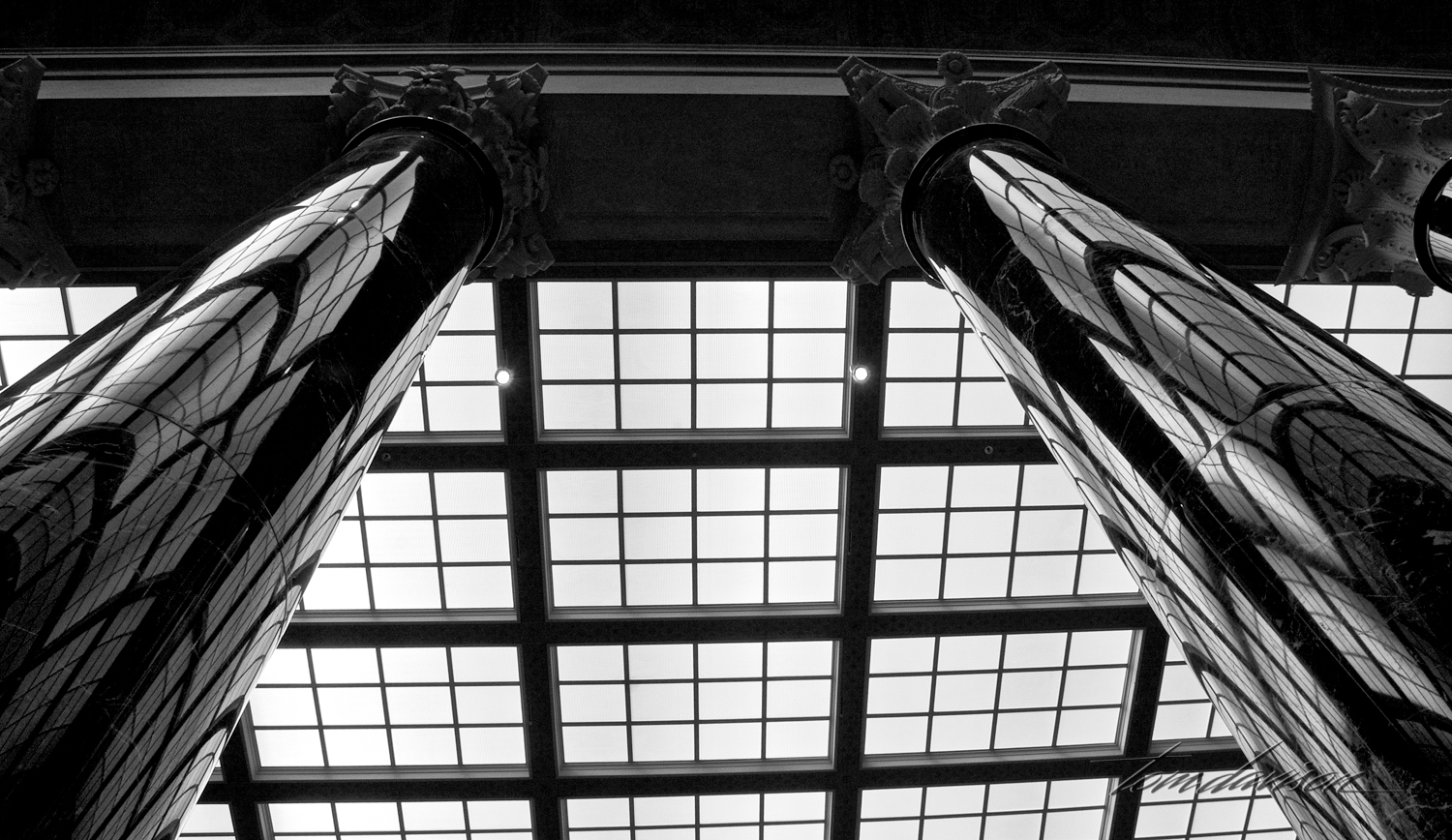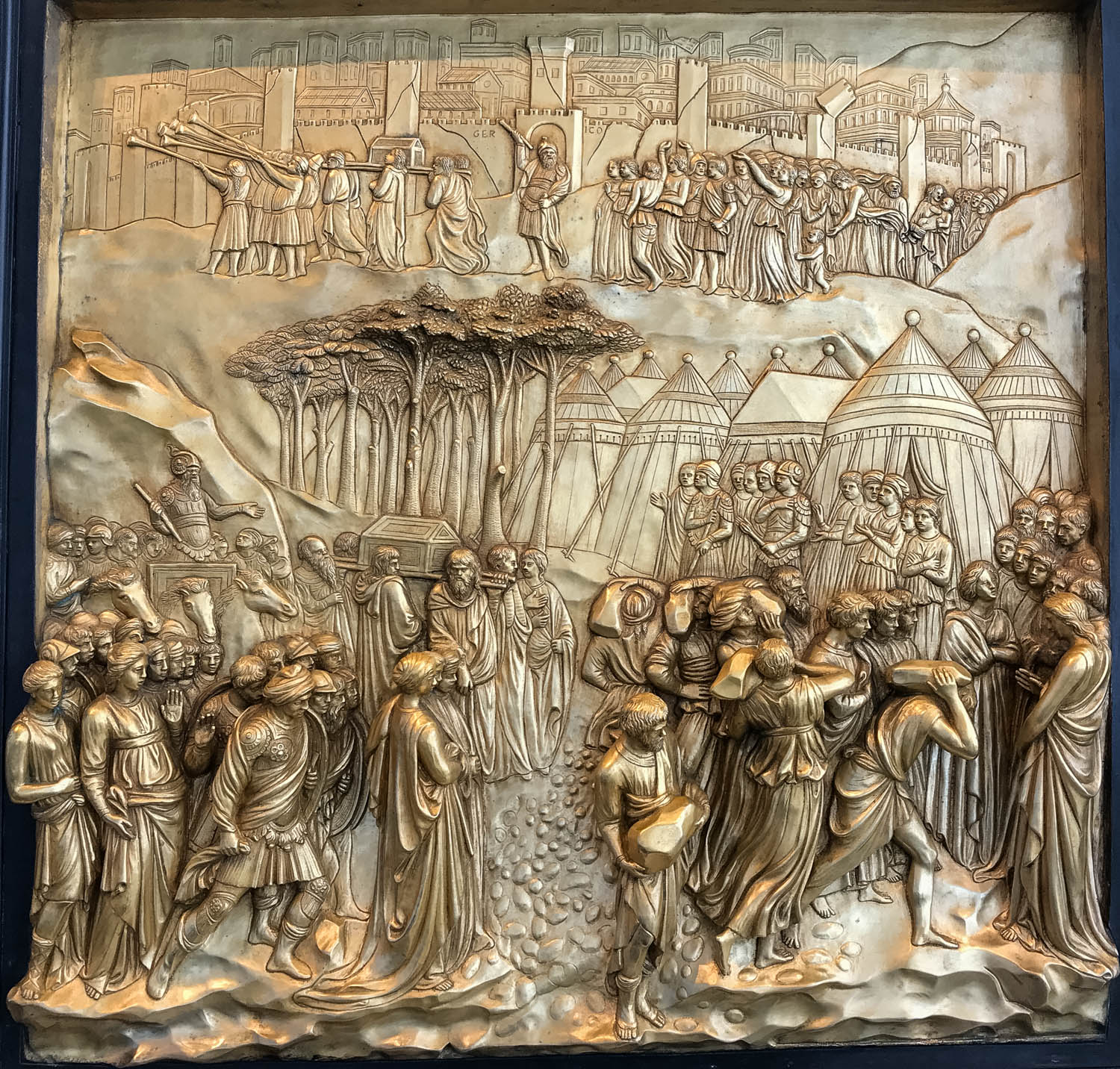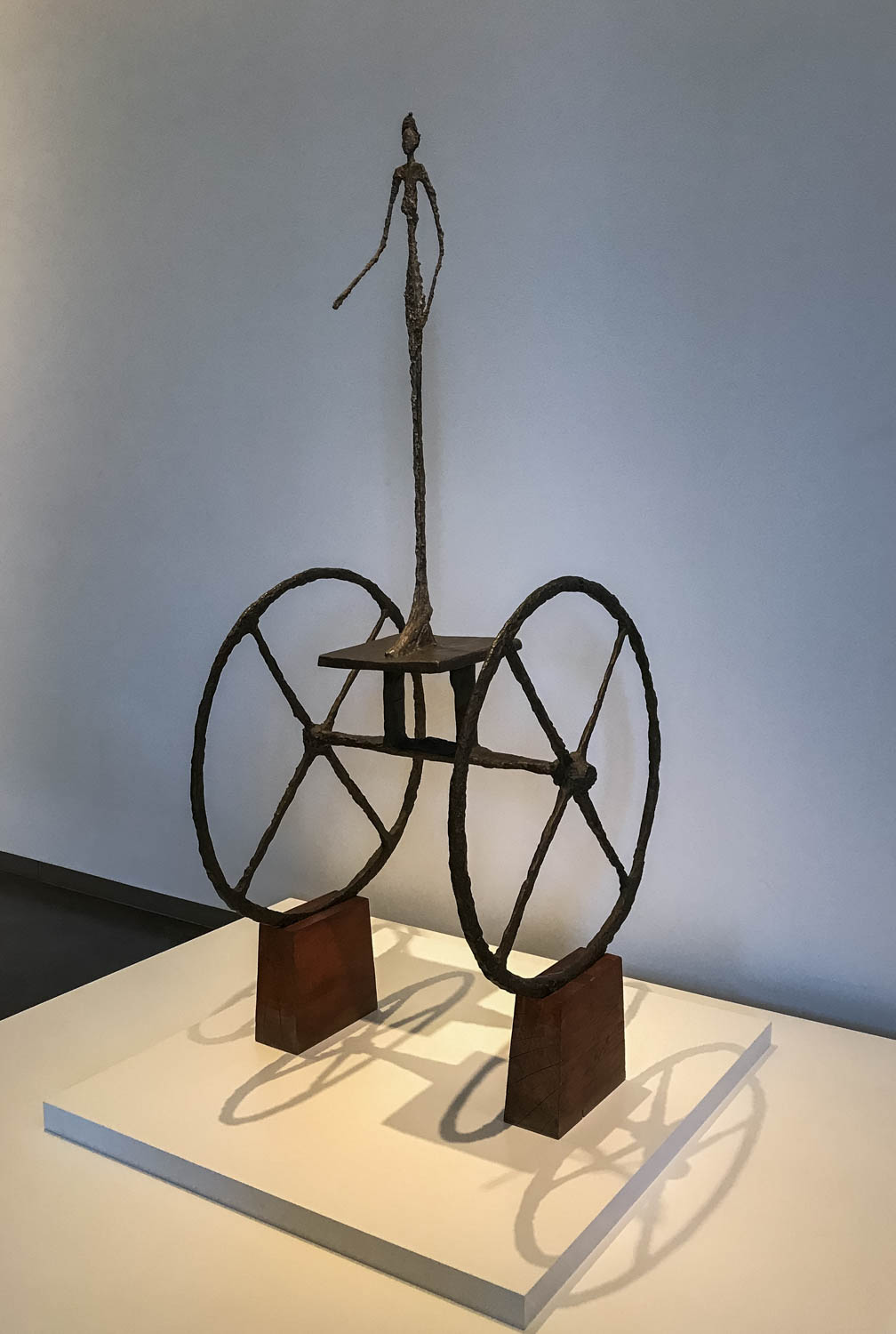The destination was Cochise's Stronghold, an area in the Coronado National Forest just south of Dragoon. Our original plan was to drive to Tombstone, have breakfast and then drive up toward St. David. We planed on taking a shortcut on the Dragoon Ranch Road into the Dragoon Mountains. That did not work as the road is private and closed. So we hauled our gear up to Benson, over to the Dragoon exit and then down to the road that takes you into the Cochise Stronghold Campground. But, the journey proved to be the photo-opportunity as we stopped often to capture anything that looked interesting. We ate lunch at the campground and then returned home. We had a brand new photographer with us. His name is Bob and he did pretty dang good with a borrowed camera and some simple instructions. You will see his start below.
This is the view as you head into the Dragoon Mountains. It is a wide open area covered in tall grasses, mesquite, a two lane road to the mountain base and a long line of barbed wire.
This dirt road is getting us real close to the campground. This is typical of the landscape in the area.
The campground is well suited for tents and small camping trailers. The best part were the birds!!
On the way back we stopped some more times as we saw some interesting houses and rock formations.
Bob liked the different look this house projected . . . GREEN!!
Bob spotted the stained glass window on this cabin. Nice!
This is the look of the mountain's face on the way back.
As you leave Dragoon and go under the I-10 to get access towards Tucson, you might spot this scene. Steve stopped quickly. Can you spot what caused him to pull off the road and for us to grab our cameras? Look very carefully. Something does not seem quite right, does it?
Ah, but Carol, you said this was a journey and you started us in the middle. Of course! Below you can enjoy the beginning of the trip.
Our first stop was at an old bridge. We thought we spotted some water below and there was some. But, there was more.
There were lots of locks on the fence. I believe they have significance but could not explain what it is.
Very little water but it was sure reflecting the blue sky.
Off down the road again!
Whoa Nellie!! What have we here. Well lots of smiles and lots of clicks!
On the road again!!
Another mandatory stop! As we were admiring the old truck the owner came out and invited us to take all the photographs we wanted. Sweet!! So, of course, we took lots of photographs.
They had a cat.
We were told this was the first homestead in southeastern AZ. They no longer live here!
That is all folks. It turned out to be a most fun day. We hope you enjoyed our journey as well.
